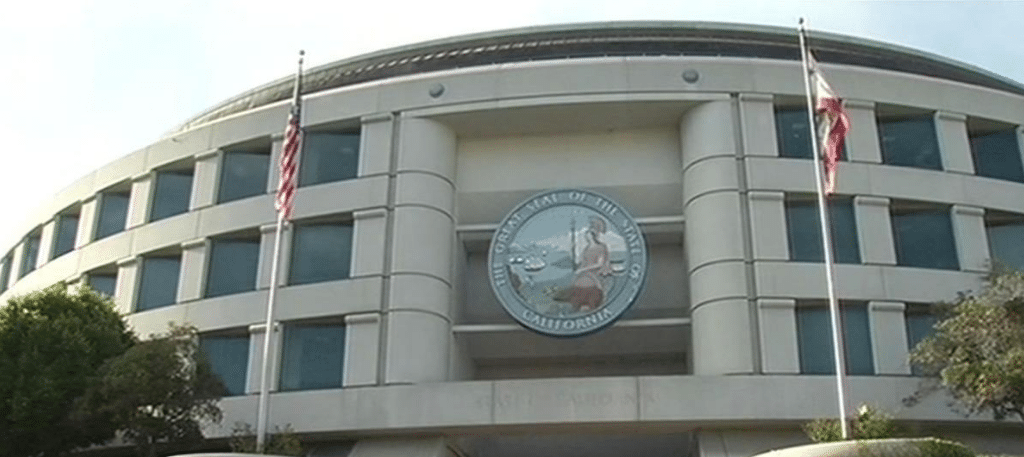More than 1 million California electric consumers have left investor-owned utilities (IOUs) for community choice aggregation (CCA) providers since 2002. To compensate IOUs for the investments they’ve made in these customers who are no longer with them, CCA customers have had charges added to their bills.
That charge, known as the Power Charge Indifference Adjustment (PCIA), is at the heart of a new inquiry opened by the California Public Utilities Commission (CPUC), which says it wants to ensure the charges are equitable to everyone involved.
Originally, California developed the PCIA to allow IOUs to recover sunken costs, like new power plants and, more commonly, long-term power purchase contracts with independent power producers (IPPs), when customers left them for CCAs. The explosive growth of CCAs and other non-IOU power providers – which the CPUC and others have predicted could provide 25% of the state’s retail electricity – has made it necessary to evaluate whether there are other, more effective ways to achieve the same goals, the CPUC said in a release announcing the inquiry.
The new inquiry stems in part from Community Choice Aggregation En Banc and a PCIA Working Group meetings earlier this year, where stakeholders identified cost allocation as the most urgent topic in electric retail choice in California.
“The growth of CCAs requires the CPUC to closely analyze cost sharing between customers who stay with a utility and customers who leave for a CCA,” said Commissioner Carla J. Peterman. “This proceeding will holistically examine cost sharing issues by taking into account the concerns raised by a wide range of organizations interested in this topic.”
The California Solar Energy Industries Association (CALSEIA) said a re-evaluation is necessary because the current PCIA system has limited the incentives CCAs can offer their solar customers.
“Roughly half of the CCA customer’s utility bill is still the transmission and distribution (T&D) charges from the IOU,” said Kelly Knutsen, CALSEIA’s senior policy advisor. “The other half of the charges are the energy costs that are procured by the CCA. The combination of the T&D charges, the PICA, and the CCA’s new renewable energy contracts (even at their low rates) basically add back up to the original bill from the IOU.”
Knutsen said CCAs have typically only offered 1 cent/kwh higher than IOU retail rate compensation for net metering in their service areas because of the constraints affecting them under the current system.
“Imagine CCAs offering greater levels of incentives for local solar procurement,” Knutsen said. “CCAs could also fund and run programs for locally-organized outreach for solar in low-income and disadvantaged communities and provide even greater solar incentives for those communities.”
CALSEIA believes the state should use existing mechanisms like the Integrated Energy Policy Report (IEPR), as well as the distribution resource planning (DRP) process to project distributed generation (DG) growth for improved planning of contracts entered into by the IOUs. The state should also consider mechanisms to increase transparency into existing utility contracts and, as appropriate, encourage the utilities to renegotiate or terminate contracts which are no longer cost-effective or in the state’s interests of pursuing low carbon resources.
Also, it would be inappropriate for the PCIA or similar fee to be applied to investor-owned utility customers who choose to deploy distributed energy resources because those customers are not, in fact, departing – they remain bundled customers of their utility, Knutsen said.
This content is protected by copyright and may not be reused. If you want to cooperate with us and would like to reuse some of our content, please contact: editors@pv-magazine.com.








By submitting this form you agree to pv magazine using your data for the purposes of publishing your comment.
Your personal data will only be disclosed or otherwise transmitted to third parties for the purposes of spam filtering or if this is necessary for technical maintenance of the website. Any other transfer to third parties will not take place unless this is justified on the basis of applicable data protection regulations or if pv magazine is legally obliged to do so.
You may revoke this consent at any time with effect for the future, in which case your personal data will be deleted immediately. Otherwise, your data will be deleted if pv magazine has processed your request or the purpose of data storage is fulfilled.
Further information on data privacy can be found in our Data Protection Policy.